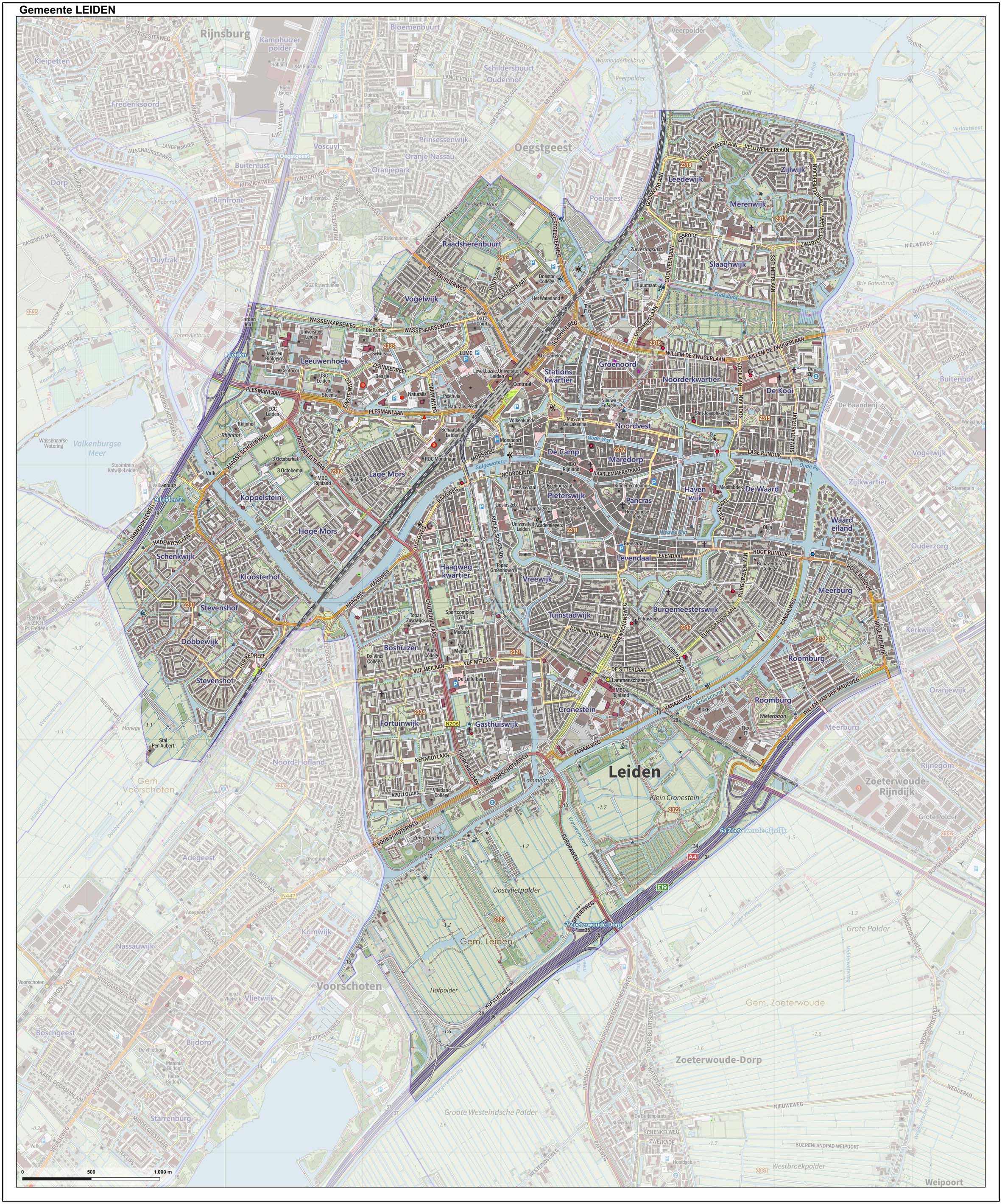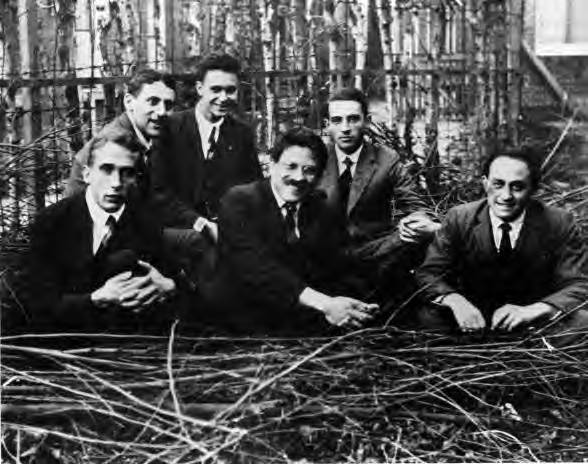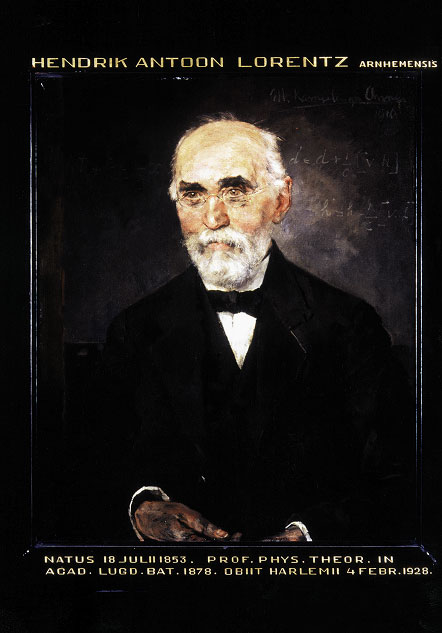|
Viktor Trkal
Viktor Trkal (14 August 1888, Ostřetín – 3 September 1956, Prague) was a Czech physicist and mathematician who specialized in theoretical quantum physics. Life and work Trkal went to the Gymnasium in Vysoké Mýto where his teacher was Adolf Pařízek (1867-1920). From 1906 to 1910 he studied mathematics and physics in Prague. His mathematics professors were Karel Petr (1868–1950), Jan Sobotka (1862–1931) and then beginning Bohumil Bydžovský (1880–1969). He attended physics lectures by Čeněk Strouhal (1850–1922), Bohumil Kučera (1874–1921), František Koláček (1851–1913) and František Záviška (1879–1945). He obtained his doctorate in 1911 with a thesis on the Problem of Dirichlet and Neumann with integral equations. Then he did his one-year military service and afterwards taught at a business school in Prague in 1912-1914. During World War I Trkal was twice wounded and in March 1915 he was made prisoner of war by the Russians, after he first was co ... [...More Info...] [...Related Items...] OR: [Wikipedia] [Google] [Baidu] |
Ostřetín
Ostřetín is a municipality and village in Pardubice District in the Pardubice Region of the Czech Republic. It has about 900 inhabitants. Administrative parts The village of Vysoká u Holic is an administrative part of Ostřetín. Notable people *Viktor Trkal (1888–1956), physicist and mathematician *Tomáš Koubek Tomáš Koubek (born 26 August 1992) is a Czech professional footballer who plays as a goalkeeper for Bundesliga club FC Augsburg and the Czech Republic national team. Club career Koubek made his league debut for Hradec Králové in a 2–1 win ... (born 1992), footballer References External links * Villages in Pardubice District {{Pardubice-geo-stub ... [...More Info...] [...Related Items...] OR: [Wikipedia] [Google] [Baidu] |
Bohumil Kučera
Bohumil Kučera (March 22, 1874 in Semily – April 16, 1921 in Prague) was a Czech physicist. Biography Kučera studied physics at the Charles University in Prague and was the first scientist in Czech lands to examine the newly discovered effect of radioactivity. In 1912 he became professor of experimental physics at the university. He was the first to study droplets of mercury used as electrode (author of ''Zur Oberflächenspannung von polarisiertem Quecksilber'', 1903). His work was the basis for the discovery of polarography by Jaroslav Heyrovský. Kučera died prematurely due to his bohemian Bohemian or Bohemians may refer to: *Anything of or relating to Bohemia Beer * National Bohemian, a brand brewed by Pabst * Bohemian, a brand of beer brewed by Molson Coors Culture and arts * Bohemianism, an unconventional lifestyle, origin ... lifestyle. External links Very short biography (in Czech) 1874 births 1921 deaths People from Semily Czech physicists Charles Uni ... [...More Info...] [...Related Items...] OR: [Wikipedia] [Google] [Baidu] |
Albert Einstein
Albert Einstein ( ; ; 14 March 1879 – 18 April 1955) was a German-born theoretical physicist, widely acknowledged to be one of the greatest and most influential physicists of all time. Einstein is best known for developing the theory of relativity, but he also made important contributions to the development of the theory of quantum mechanics. Relativity and quantum mechanics are the two pillars of modern physics. His mass–energy equivalence formula , which arises from relativity theory, has been dubbed "the world's most famous equation". His work is also known for its influence on the philosophy of science. He received the 1921 Nobel Prize in Physics "for his services to theoretical physics, and especially for his discovery of the law of the photoelectric effect", a pivotal step in the development of quantum theory. His intellectual achievements and originality resulted in "Einstein" becoming synonymous with "genius". In 1905, a year sometimes described as his ... [...More Info...] [...Related Items...] OR: [Wikipedia] [Google] [Baidu] |
Leiden
Leiden (; in English and archaic Dutch also Leyden) is a city and municipality in the province of South Holland, Netherlands. The municipality of Leiden has a population of 119,713, but the city forms one densely connected agglomeration with its suburbs Oegstgeest, Leiderdorp, Voorschoten and Zoeterwoude with 206,647 inhabitants. The Netherlands Central Bureau of Statistics (CBS) further includes Katwijk in the agglomeration which makes the total population of the Leiden urban agglomeration 270,879, and in the larger Leiden urban area also Teylingen, Noordwijk, and Noordwijkerhout are included with in total 348,868 inhabitants. Leiden is located on the Oude Rijn, at a distance of some from The Hague to its south and some from Amsterdam to its north. The recreational area of the Kaag Lakes ( Kagerplassen) lies just to the northeast of Leiden. A university city since 1575, Leiden has been one of Europe's most prominent scientific centres for more than four centuri ... [...More Info...] [...Related Items...] OR: [Wikipedia] [Google] [Baidu] |
Paul Ehrenfest
Paul Ehrenfest (18 January 1880 – 25 September 1933) was an Austrian theoretical physicist, who made major contributions to the field of statistical mechanics and its relations with quantum mechanics, including the theory of phase transition and the Ehrenfest theorem. He bonded with Albert Einstein on a visit to Prague in 1912 and became a professor in Leiden, where he frequently hosted Einstein. Biography Paul Ehrenfest was born and grew up in Vienna to Jewish parents from Loštice in Moravia (now part of the Czech Republic). His parents, Sigmund Ehrenfest and Johanna Jellinek, ran a grocery store. Although the family was not overly religious, Paul studied Hebrew and the history of the Jewish people. Later, he always emphasized his Jewish roots. Ehrenfest excelled in grade school but did not do well at the Akademisches Gymnasium, his best subject being mathematics. After transferring to the Franz Josef Gymnasium, his marks improved. In 1899, he passed the final exams. H ... [...More Info...] [...Related Items...] OR: [Wikipedia] [Google] [Baidu] |
Hendrik Antoon Lorentz
Hendrik Antoon Lorentz (; 18 July 1853 – 4 February 1928) was a Dutch physicist who shared the 1902 Nobel Prize in Physics with Pieter Zeeman for the discovery and theoretical explanation of the Zeeman effect. He also derived the Lorentz transformation underpinning Albert Einstein's special theory of relativity, as well as the Lorentz force, which describes the combined electric and magnetic forces acting on a charged particle in an electromagnetic field. Lorentz was also responsible for the Lorentz oscillator model, a classical model used to describe the anomalous dispersion observed in dielectric materials when the driving frequency of the electric field was near the resonant frequency, resulting in abnormal refractive indices. According to the biography published by the Nobel Foundation, "It may well be said that Lorentz was regarded by all theoretical physicists as the world's leading spirit, who completed what was left unfinished by his predecessors and prepared t ... [...More Info...] [...Related Items...] OR: [Wikipedia] [Google] [Baidu] |
Habilitation
Habilitation is the highest university degree, or the procedure by which it is achieved, in many European countries. The candidate fulfills a university's set criteria of excellence in research, teaching and further education, usually including a dissertation. The degree, abbreviated "Dr. habil." (Doctor habilitatus) or "PD" (for "Privatdozent"), is a qualification for professorship in those countries. The conferral is usually accompanied by a lecture to a colloquium as well as a public inaugural lecture. History and etymology The term ''habilitation'' is derived from the Medieval Latin , meaning "to make suitable, to fit", from Classical Latin "fit, proper, skillful". The degree developed in Germany in the seventeenth century (). Initially, habilitation was synonymous with "doctoral qualification". The term became synonymous with "post-doctoral qualification" in Germany in the 19th century "when holding a doctorate seemed no longer sufficient to guarantee a proficient transfe ... [...More Info...] [...Related Items...] OR: [Wikipedia] [Google] [Baidu] |
Urals
The Ural Mountains ( ; rus, Ура́льские го́ры, r=Uralskiye gory, p=ʊˈralʲskʲɪjə ˈɡorɨ; ba, Урал тауҙары) or simply the Urals, are a mountain range that runs approximately from north to south through western Russia, from the coast of the Arctic Ocean to the river Ural and northwestern Kazakhstan.Ural Mountains Encyclopædia Britannica on-line The mountain range forms part of the conventional boundary between the regions of and |
Orest Khvolson
Orest Danilovich Khvolson or Chwolson (russian: Орест Данилович Хвольсон) (November 22 ( N.S. December 4), 1852 – May 11, 1934) was a Russian physicist and honorary member of the Soviet Academy of Sciences (1920). He is most noted for being one of the first to study the gravitational lens effect. Early life and education Orest, son of the noted Orientalist Daniel Chwolson, was born in Saint Petersburg. He graduated from St. Petersburg University in 1873. Career Khvolson began teaching at his alma mater in 1876 and became a professor in 1891. He authored works on electricity, magnetism, photometry, and actinometry. He proposed the designs of an actinometer and a pyrheliometer, which would be used by the Russian weather stations for many years. After 1896, Khvolson was mainly engaged in compiling the five-volume ''Physics Course'' (Курс физики), which would improve immensely the teaching of physics throughout the country and remain a pr ... [...More Info...] [...Related Items...] OR: [Wikipedia] [Google] [Baidu] |
Malaria
Malaria is a mosquito-borne infectious disease that affects humans and other animals. Malaria causes symptoms that typically include fever, tiredness, vomiting, and headaches. In severe cases, it can cause jaundice, seizures, coma, or death. Symptoms usually begin ten to fifteen days after being bitten by an infected mosquito. If not properly treated, people may have recurrences of the disease months later. In those who have recently survived an infection, reinfection usually causes milder symptoms. This partial resistance disappears over months to years if the person has no continuing exposure to malaria. Malaria is caused by single-celled microorganisms of the '' Plasmodium'' group. It is spread exclusively through bites of infected '' Anopheles'' mosquitoes. The mosquito bite introduces the parasites from the mosquito's saliva into a person's blood. The parasites travel to the liver where they mature and reproduce. Five species of ''Plasmodium'' can infect and be spr ... [...More Info...] [...Related Items...] OR: [Wikipedia] [Google] [Baidu] |
Integral Equations
In mathematics, integral equations are equations in which an unknown function appears under an integral sign. In mathematical notation, integral equations may thus be expressed as being of the form: f(x_1,x_2,x_3,...,x_n ; u(x_1,x_2,x_3,...,x_n) ; I^1 (u), I^2(u), I^3(u), ..., I^m(u)) = 0where I^i(u) is an integral operator acting on ''u.'' Hence, integral equations may be viewed as the analog to differential equations where instead of the equation involving derivatives, the equation contains integrals. A direct comparison can be seen with the mathematical form of the general integral equation above with the general form of a differential equation which may be expressed as follows:f(x_1,x_2,x_3,...,x_n ; u(x_1,x_2,x_3,...,x_n) ; D^1 (u), D^2(u), D^3(u), ..., D^m(u)) = 0where D^i(u) may be viewed as a differential operator of order ''i''. Due to this close connection between differential and integral equations, one can often convert between the two. For example, one method of solvin ... [...More Info...] [...Related Items...] OR: [Wikipedia] [Google] [Baidu] |
Neumann Boundary Condition
In mathematics, the Neumann (or second-type) boundary condition is a type of boundary condition, named after Carl Neumann. When imposed on an ordinary or a partial differential equation, the condition specifies the values of the derivative applied at the boundary of the domain. It is possible to describe the problem using other boundary conditions: a Dirichlet boundary condition specifies the values of the solution itself (as opposed to its derivative) on the boundary, whereas the Cauchy boundary condition, mixed boundary condition and Robin boundary condition are all different types of combinations of the Neumann and Dirichlet boundary conditions. Examples ODE For an ordinary differential equation, for instance, :y'' + y = 0, the Neumann boundary conditions on the interval take the form :y'(a)= \alpha, \quad y'(b) = \beta, where and are given numbers. PDE For a partial differential equation, for instance, :\nabla^2 y + y = 0, where denotes the Laplace operator ... [...More Info...] [...Related Items...] OR: [Wikipedia] [Google] [Baidu] |
.jpg)
.jpg)




